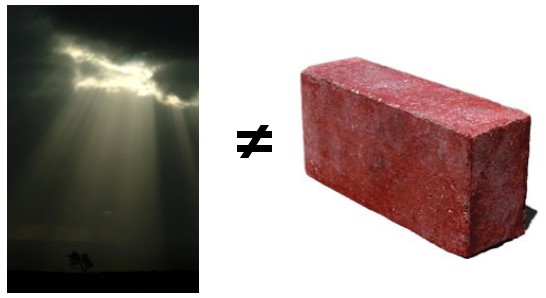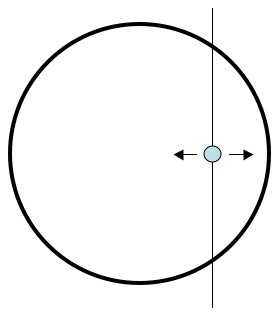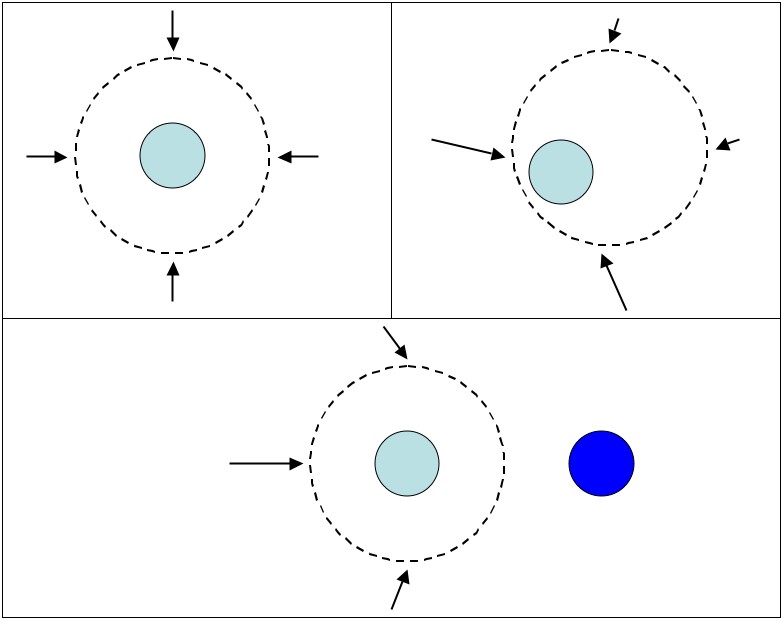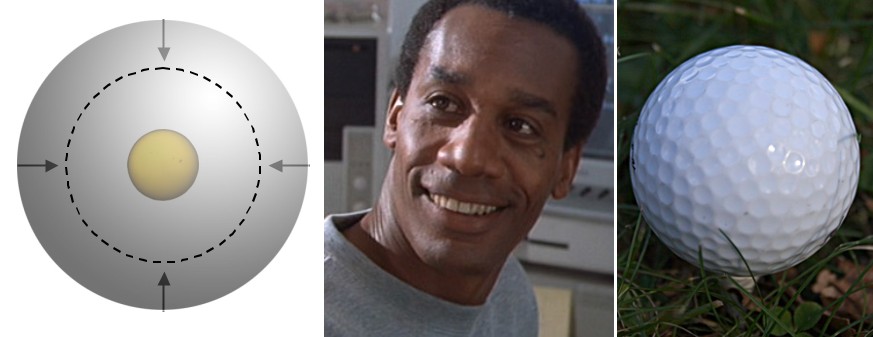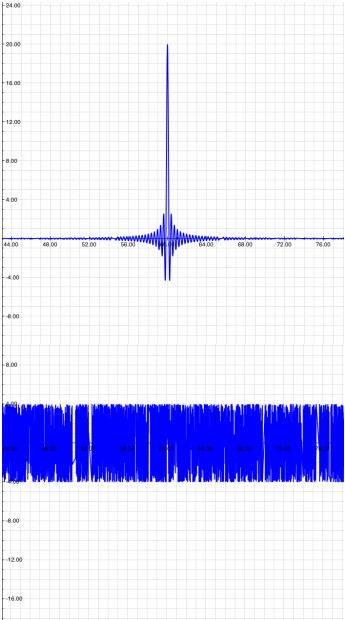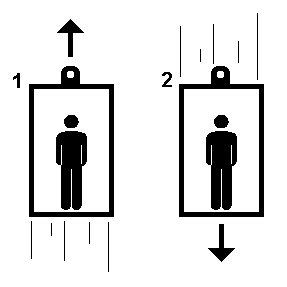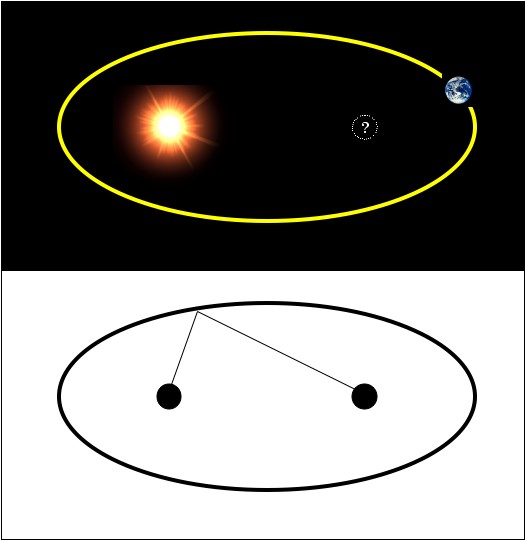Physicist: Classically (according to Newton) kinetic energy is given by and momentum is given by
, where m is mass and v is velocity. But if you plug in the mass and velocity for light you get
. But that’s no good. If light didn’t carry energy, it wouldn’t be able to heat stuff up.
The difficulty comes from the fact that Newton’s laws paint an incomplete (and ultimately incorrect) picture. is very accurate for slow moving (compared to light) objects with mass, but it’s not true in general. When relativity came along it was revealed that there’s a fundamental difference in the physics of the massive and the massless. Relativity makes the (experimentally backed) assumptions that: #1) it doesn’t matter whether, or how fast, you’re moving (all physical laws stay the same) and #2) the speed of light is invariant (always the same to everyone).
Any object with mass travels slower than light and so may as well be stationary (#1).
Anything with zero mass always travels at the speed of light. But since the speed-of-light is always the speed-of-light to everyone (#2) there’s no way for these objects to ever be stationary (unlike massive stuff). Vive la différence des lois! It’s not important here, but things (like light) that travel at the speed of light never experience the passage of time. Isn’t that awesome?
The point is: light and ordinary matter are very different, and the laws that govern them are just as different.
That being said, in 1905 Einstein managed to write a law that works whenever: . The same year (the same freaking year) he figured out that light is both a particle and a wave and that the energy of a photon isn’t governed by it’s mass or it’s velocity (like matter), but instead is governed entirely by f, it’s frequency: E=hf, where h is Planck’s constant.
For light m=0, so E=Pc (energy and momentum are proportional). Notice that you can never have zero momentum, since something with zero mass and zero energy isn’t something, it’s nothing. This is just another way of saying that light can never be stationary.
Also! Say you have an object with mass m, that isn’t moving (P=0). Then you get: E=mc2 (awesome)!
Unrelated tangent: It took a little while, but the laws governing the massive and the massless are even more inter-related than the ‘Stein originally thought. He figured out that the energy of a photon is related to it’s frequency (E=hf), but why are photons so special? Why do they get to have frequencies? They’re not special. Years later (1924) de Broglie drew the most natural line from Einstein’s various equations from light to matter. So for a given amount of matter you can find it’s frequency. Holy crap! Everything has a frequency!
On the off chance that anyone out there got unduly excited about that last statement: the frequencies never go out of wack, you can’t tune them, more importantly they are utterly unimportant on the Human scale, or even the single-cell scale, and don’t ever buy a bracelet or anything else with “quantum” in the name.

